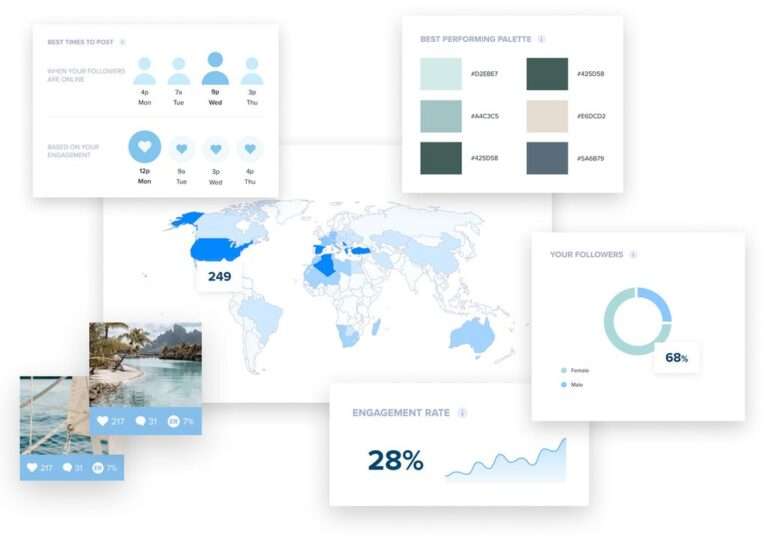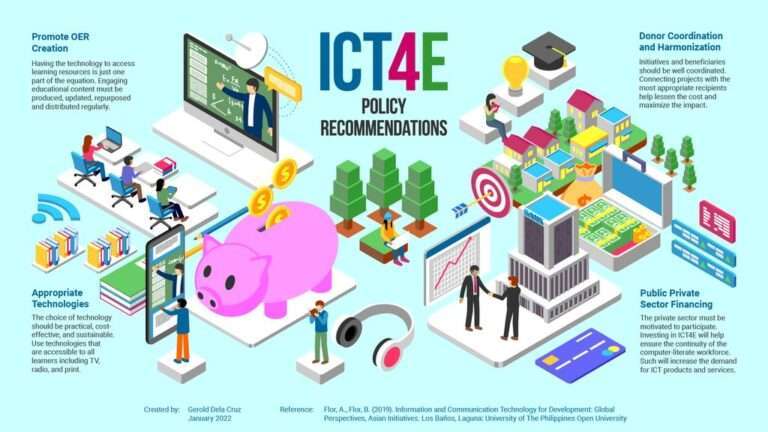What is Technical Content Writing?
Overview
What is Technical Content Writing?
Technical content writing is the process of creating written materials that explain complex technical concepts in a clear and concise manner. It involves breaking down complicated information into easily understandable pieces and presenting it in a way that is accessible to the target audience. Accuracy and clarity are key in technical content writing, as it aims to provide valuable information and instructions to readers who may not have a technical background. This type of writing is commonly used in industries such as technology, engineering, and healthcare, where technical knowledge is essential for understanding and using products or services.
Importance of Technical Content Writing
Technical content writing plays a crucial role in effectively communicating complex information to a diverse audience. It helps bridge the gap between technical experts and non-technical readers by translating intricate concepts into easily understandable language. Clear and concise technical content enhances user experience, reduces confusion, and improves overall comprehension. Additionally, well-written technical content establishes credibility and expertise, building trust with the audience. By incorporating visuals and examples, technical content becomes more engaging and memorable. Overall, mastering the art of technical content writing is essential for successful knowledge transfer and effective communication.
Benefits of Technical Content Writing
Technical content writing offers several benefits for both the writer and the reader. For the writer, it provides an opportunity to showcase their expertise and establish themselves as a thought leader in their field. It also helps improve their communication and research skills. For the reader, technical content writing provides valuable information and insights that can help them solve problems, learn new skills, and stay updated with the latest industry trends. Additionally, well-written technical content can enhance a company’s reputation, attract potential customers, and contribute to its overall success.
Research and Planning
Understanding the Target Audience
To create effective technical content, it is crucial to have a deep understanding of the target audience. This involves researching their needs, preferences, and level of technical expertise. By identifying their pain points and challenges, you can tailor your content to provide relevant and valuable information. Additionally, understanding the audience’s language and communication style will help you convey complex concepts in a way that is easily understandable. Conducting surveys, interviews, and analyzing user data can provide valuable insights into the audience’s characteristics. By gaining a thorough understanding of the target audience, you can create content that resonates with them and meets their specific needs.
Conducting Thorough Research
When it comes to conducting thorough research for technical content writing, it is essential to gather information from reliable sources such as academic journals, industry reports, and reputable websites. Additionally, conducting interviews with subject matter experts and analyzing data can provide valuable insights. Organizing the gathered information into a well-structured outline is crucial for creating high-quality technical content.
Creating an Outline
Creating an outline is an essential step in the technical content writing process. It helps to organize ideas and ensure a logical flow of information in the final piece. The outline acts as a roadmap, guiding the writer in structuring the content and determining the key points to be covered. It allows for easy identification of any gaps or missing information that needs to be addressed. Additionally, an outline serves as a reference point throughout the writing process, helping to maintain focus and coherence. By investing time in creating a well-structured outline, technical content writers can save time and effort in the long run, resulting in a more effective and engaging piece of content.
Writing Techniques
Simplifying Complex Concepts
When writing technical content, it is crucial to simplify complex concepts to make them more accessible to the readers. One effective technique is to break down complex ideas into smaller, more manageable parts. Additionally, using clear and concise language helps to avoid confusion and ensures that the information is easily understood. Visuals, such as diagrams or charts, can also be used to further simplify complex concepts and enhance the reader’s comprehension. By employing these techniques, technical content writers can effectively communicate intricate ideas to their audience.
Using Clear and Concise Language
When writing technical content, it is crucial to use clear and concise language to effectively communicate complex information. Avoid using jargon or technical terms that may confuse the reader. Instead, use simple and straightforward language that is easily understandable. Additionally, organize your content using headings, subheadings, and bullet points to enhance readability. By using clear and concise language, you can ensure that your technical content is accessible and engaging for your target audience.
Incorporating Visuals and Examples
Incorporating visuals and examples is crucial in technical content writing as it helps to enhance understanding and engagement. Visuals such as diagrams, charts, and infographics can simplify complex concepts and make them more accessible to the readers. Examples and case studies provide real-world context and demonstrate how the concepts can be applied in practical situations. By using bold formatting for important words and phrases, writers can draw attention to key information and reinforce the main points. Additionally, organizing information in tables and lists can make it easier for readers to scan and digest the content. Overall, incorporating visuals and examples in technical content writing can greatly improve the effectiveness and impact of the material.
Conclusion
Summary of Key Points
In this article, we discussed the art of technical content writing. Technical content writing involves simplifying complex concepts, using clear and concise language, and incorporating visuals and examples. It is important for reaching and engaging the target audience. The benefits of technical content writing include improved understanding, increased credibility, and enhanced user experience. To improve technical content writing skills, it is essential to understand the target audience, conduct thorough research, and create a well-structured outline. By following these techniques and practicing regularly, one can become a proficient technical content writer.
Final Thoughts
In conclusion, technical content writing is a crucial skill for effectively communicating complex information to a specific audience. By simplifying complex concepts, using clear and concise language, and incorporating visuals and examples, technical writers can create content that is easily understandable and engaging. Additionally, conducting thorough research and understanding the target audience helps in delivering relevant and valuable information. To improve technical content writing skills, it is important to continuously practice and seek feedback. By following the techniques and strategies discussed in this article, aspiring technical writers can enhance their writing abilities and produce high-quality content.
Next Steps for Improving Technical Content Writing Skills
To further enhance your technical content writing skills, consider implementing the following next steps:
-
Continuously learn and stay updated: Keep up with the latest trends, technologies, and industry developments to ensure your content remains relevant and informative.
-
Seek feedback and iterate: Share your content with peers, mentors, or subject matter experts to gather feedback and improve your writing. Iteration is key to refining your skills.
-
Expand your knowledge: Explore different fields and domains to broaden your understanding and expertise. This will enable you to write on a wider range of topics and cater to diverse audiences.
-
Practice regularly: Like any skill, practice is essential for improvement. Set aside dedicated time to write, experiment with different writing styles, and challenge yourself with new topics.
By following these steps, you can continue to grow as a technical content writer and produce high-quality, valuable content.








